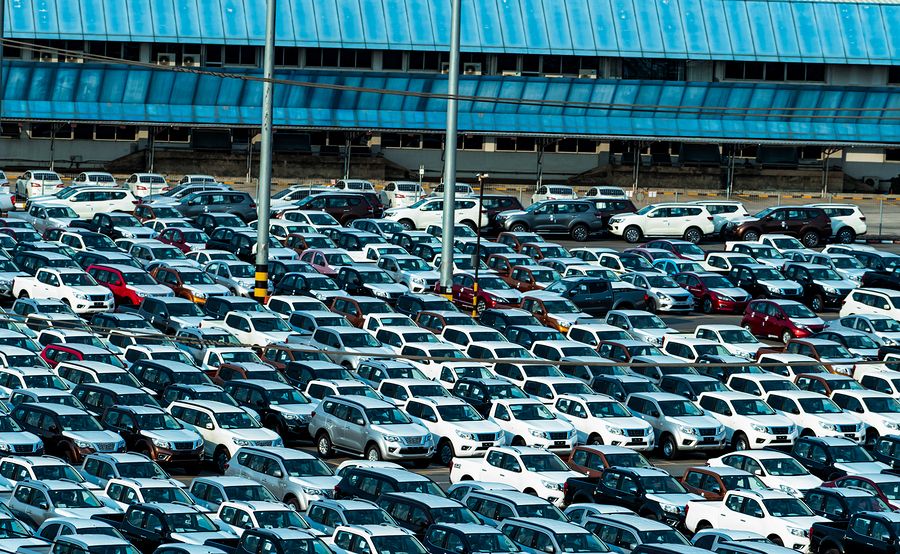You don’t need to be a motor industry specialist to know that the Australian and global automotive industries are facing major challenges. In Australia, this year is likely to see lower new car sales, higher interest rates (barring a recession), decreasing vehicle affordability and continued margin pressure that is forcing original equipment manufacturers (OEMs) to make radical changes in their product lines and business models, as evidenced recently by General Motors, Jaguar Land Rover and Ford.
Such changes are also global in their ramifications for dealers, and have been detailed in the 20th KPMG Global Automotive Executive Survey (GAES) released recently. Globally, and in Australia, dealers are sharpening their focus on expenses, reducing both new and used inventory, honing in on back end gross opportunities and even considering selling their businesses. There are also other factors, such as autonomous or electric vehicles, which are all expensive gambles for automakers and potentially major disruptors for car dealers.
In the past six months alone, the stock prices of major automakers, retailers, and almost any company with close ties to the industry, have significantly underperformed the broader market averages. There is also the possible negative impact of a looming general election, which traditionally has seen consumers putting off significant purchases such as new cars. Nevertheless, despite eroding industry conditions and the poor stock performance of the entire sector, there are opportunities which dealers must seize.
Dealerships need to maintain focus in this challenging market – recognising the strengths and weaknesses in the business and building a plan to optimise opportunities. Getting the business lean and right-sized will allow dealers to maintain profitability in a down market and really soar when the market improves.
They should maximise customer opportunities, using their CRM database, for example, to mine current customers who are coming out of warranty, in for 30,000 km service, or driving the previous model and ripe for an upgrade.
But the biggest opportunity dealerships can exploit is becoming easier to do business with. That means offering a sales process similar to Google and Amazon – the way today’s consumers prefer to shop. Consumers expect 24/7 online availability, the ability to transact online and have their vehicle delivered when and where is most convenient, or click and collect from a delivery centre.
Dealers must also offer complete transparency in vehicle pricing and financing upfront. So: no haggling and negotiating a deal! Consumers also require options to return the vehicle (eg: within seven days and limited by 100 kilometres), similar to their interactions with other online retailers.
Lastly, dealerships should consider adapting their business model in order to participate in the profit from car loan financing following new ASIC changes put in place last year. If dealer groups become the lender and provide car loans directly to customers, this will allow some flexibility to set rates to their customer risk profiles and participate in the gross margins through the value chain.
Unless dealers take these steps, they will be open to the type of disruption seen in other traditional retail sectors.
Steven Bragg, National Lead, Motor Industry Services, KPMG Enterprise










